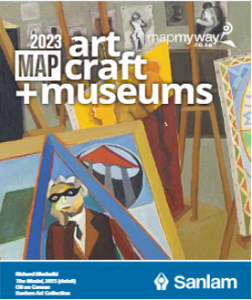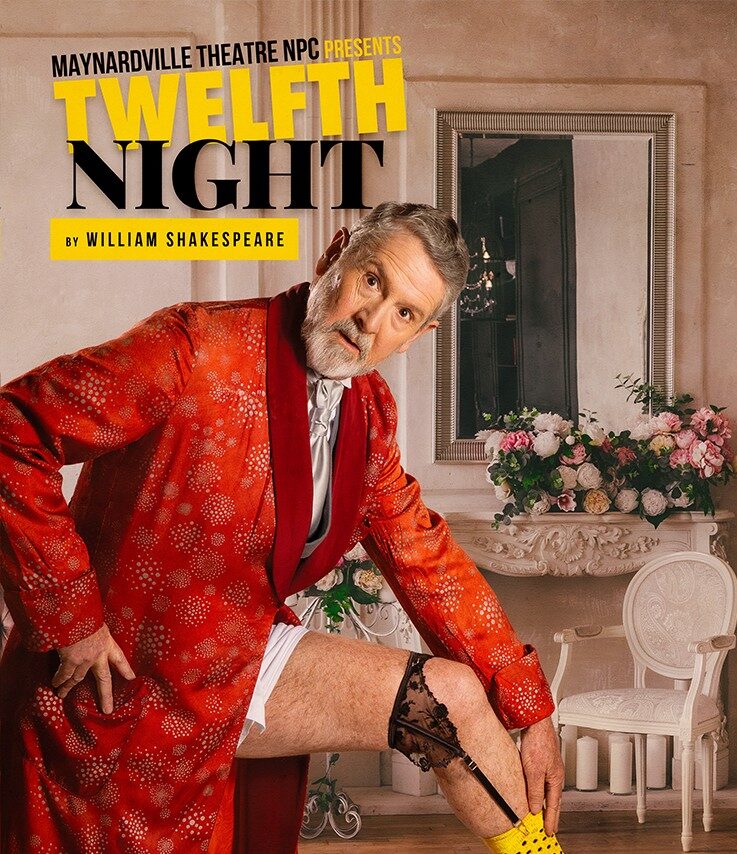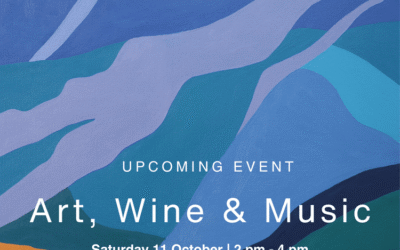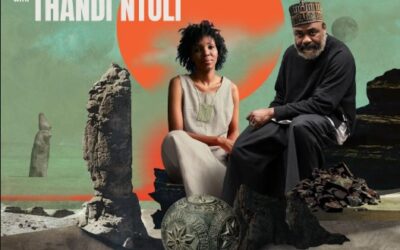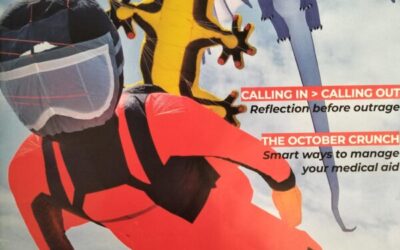AbstRacT takes a closer look at the synchrony in the complete Synchromies series by Swiss psychiatrist, psychotherapist and later turned photographer Oscar Forel (1891-1982), published in 1961.
The study of trees, their growth, their bark and identifying signs of events the tree had witnessed were the crucial aspects in this series – that are truly fragments of a larger whole.
As you encounter the 53 macro photographs differing in size and scale, projecting their harmonious and natural colours; they might visually draw comparison to famed and iconic artworks found the world over or evoke personal memories or nostalgia.
These images are taken of different tree species found the world over. Their wonderful textures portrayed by Forel’s photographs were captured by using an ordinary reflex camera on Kodachrome film, with a wide lens at 10-15cm.
Nature, from the soil to the sky, has been the inspiration for many artists over time and still today. This is evident with the selection of South African artists, from the Rupert Foundation Collection, who explored the wonders of textured conscious abstract innovations from the late 1950s.
The South African art world was slow in accepting Abstract art. A movement charactrised by its freedom from the representational and known for celebrating line, form and colour in its pure form.
The selection of Abstract works in this exhibition have been paired up with Synchromies, to find harmony or reciprocal synergy. These pairings enhance the ‘synchromy’ which Forel termed, derived from “symphony” with ‘phonos’ (sound) being replaced by ‘chromos’ (colour).
The bark of spruce, fir, pine, and beech, at different times of the year, invaded by fungus, seared by fire, coerced by their location into tortured, twisted shapes are similarly the types of marks, dynamic colour combinations and encrusted surfaces masterfully explored by artists such as Bettie Cilliers-Barnard (1914-2020), Christo Coetzee (1929-2000), Dirk Meerkotter (1922-2017), Georgina Ormiston (1903-1967), and Gunter van der Reis (b1927) to mention a few.
As for Forel he treated each surface as a rare discovery, he would wipe and clean the chosen bark with brush and sponge, sometimes this would polish and bronze the surface, highlighting and revealing an array of colours and textures. He noted that Synchromies could have been subtitled natura pinxit – painted by Nature. As the painter chose to free themselves from tradition by creating abstract marks on canvas so Forel found abstract line, form and colour already existing in nature.
Today, a better understanding of plant life, it’s behaviour, growth and decay has become vital to the rehabilitation of our ecosystem. This study posits a close look at a very topical issue while inviting you to explore the enchanted forms and colours that reveal the ‘art’ hidden in nature.
This exhibition will feature popup installations by invited artists over the period, keep an eye on social media, the website and newsletter for these updates
Join Rupert Museum for a one hour guided tour every Wednesday and Friday and explore their current exhibitions with your guide, which includes CASTED, The Johannesburg Station Panels, Storeroom Series and AbstRacT – the hidden synchrony. Book HERE.
And don’t forget its Museum Saturday on 25 March 2023!
WHAT: AbstRacT – the hidden synchrony
WHERE: Rupert Museum,
WHEN: until 25 February 2024
INFO: T 021 888 3344 | E info@rupertmuseum.org | Visit
PHOTO: Left to right: Oscar Forel (1891-1982). Synchromies. 47: Trunk of a dead firtree (Derborence, Switzerland). Macro photograph on paper. Huberte Goote Collection. Julius Sher (1934-). Nude, n.d. Collage and oil. Rupert Art Foundation Collection.
The WHAT, WHY & WHERE of the
arts scene in around Cape Town
see the 2023 art craft + museums_map
and listen in to the Sanlam
Arts Round Up Fridays @16.10
on Fine Music Radio FMR 101.3fm
The FMR App makes it even easier to tune into the Sanlam Arts Round Up on Fridays! i-Phone HERE | Android HERE



